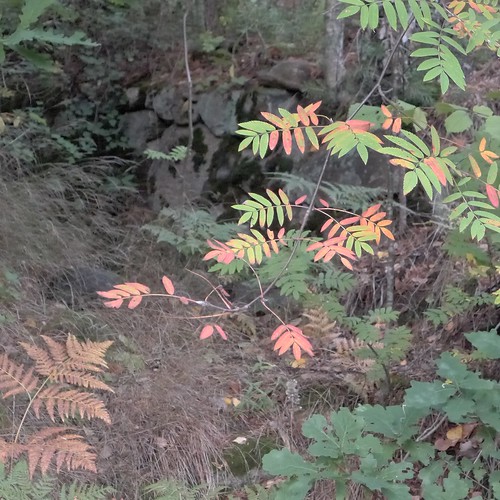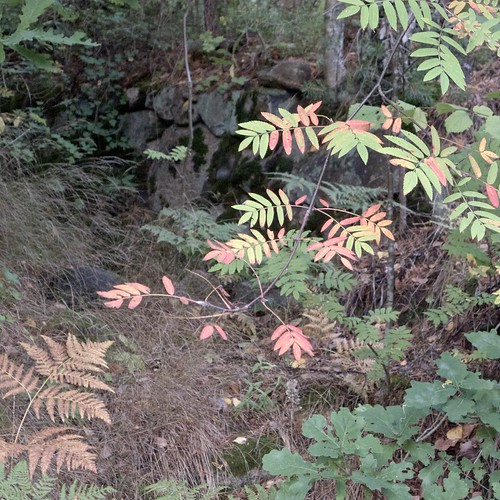With firmware version 2.0 the LX5 got a "high ISO nr" setting, meaning that at ISO 1600 and ISO 3200 the camera does some extra processing to remove noise from the JPEG files. This takes a couple of seconds, slowing you down a lot, but on the other hand, it may allow to take a shot that otherwise you wouldn't even try.
On the other hand, one can always use RAW and do noise reduction afterwards.
Anyway, I wanted to try the results, and here is a comparison pair. Which is which?
I used my standard Aperture settings for RAW processing, adding a little bit of noise reduction to the mix. And to the JPEG version I added a little bit of definition to make it closer to the RAW version.
Well, what can I say? I think RAW is the best option, but high ISO nr mode may be useful in some situations. Now that the evenings are getting dark, I will surely have opporturnitities to test this further. Using 1/30 s instead of 1/2 s, that doesn't feel too bad.
Whatever it was, I’d never know.
16 hours ago





4 comments:
I guess that #2 is the RAW, it has more detail (and more grain) at 100%. I would say that both are good for normal sized prints.
@Christophe: You are right, #2 was the RAW.
I checked my LX5 settings today and realized I had used RAW + standard jpeg instead of RAW + fine here. It might be possible to get some more detail by using fine jpeg.
Juha, you may want to have a look at "1796 – Compared To What" on my blog. I've just spent some time, basically repeating your experiment, but with my own workflow.
@Andreas: Thanks! That was rather convincing - RAW has an edge, especially with your workflow. The observation about foliage being a "hard" subject for noise reduction is interesting - that is my experience as well.
I'll do some more experiments with this now that the dark season starts to be here in earnest.
Post a Comment